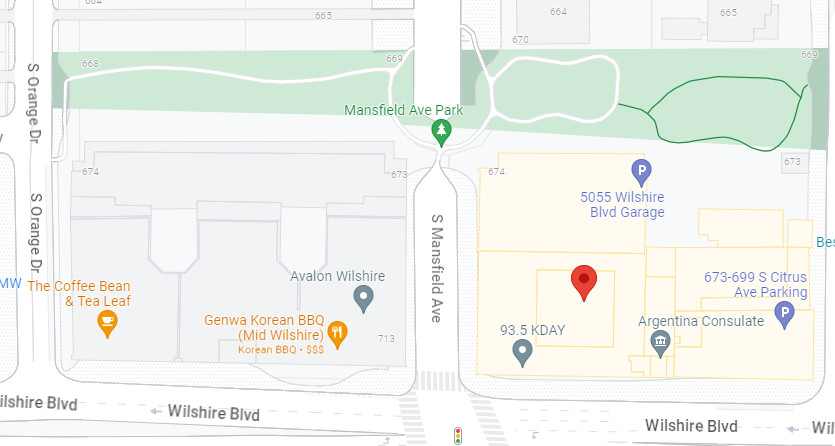How does the Health Plan Determine Medical Necessity?
Medical necessity is determined on a case-by-case basis. The Health Plan considers a treatment, service or supply medically necessary when the treatment meets all of the following requirements:
- Consistent with generally accepted medical practice within the medical community for the diagnosis or direct care of symptoms, sickness or injury of the patient, or for routine screening examination under wellness benefits, where and at the time the treatment, service or supply is rendered. The determination of “generally accepted medical practice” is the prerogative of the Health Plan through consultation with appropriate authoritative medical, surgical, or dental practitioners;
- Ordered by the attending licensed physician (or, in the case of dental services, ordered by the dentist), and not solely for the convenience of the participant or the participant’s physician, hospital or other health care provider;
- Consistent with professionally recognized standards of care in the medical community with respect to quality, frequency and duration; and
- The most appropriate and cost-efficient treatment, service or supply that can be safely provided, at the most cost-efficient and medically appropriate site and level of service.
Common examples of procedures or services for which medical necessity might not be clear include genetic testing, drug testing, nasal surgery and breast surgeries unrelated to cancer. For these procedures, a voluntary predetermination from the Health Plan is recommended. (See previous page).


